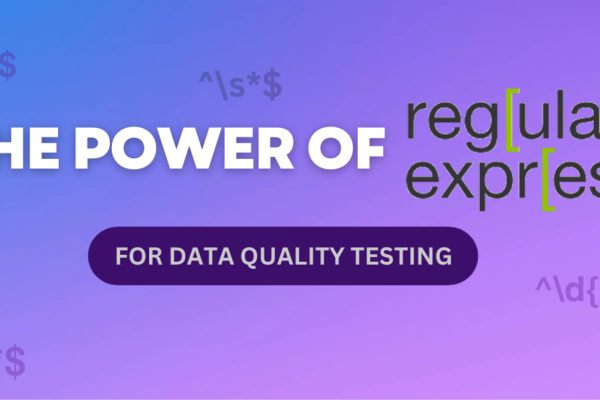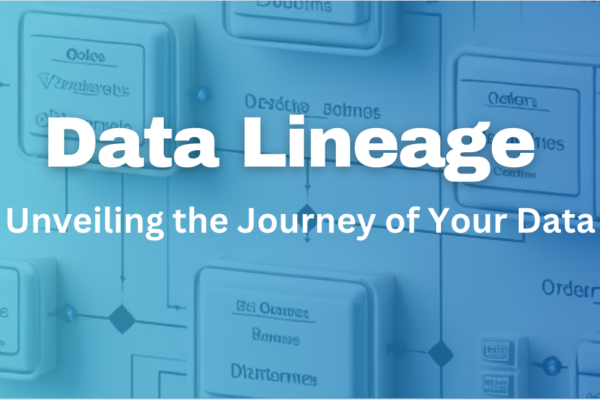
The Power of Weird: How Data Anomalies Can Improve Your Business
Have you ever been scrolling through social media and come across a post that seems completely out of place? Maybe it’s a friend suddenly posting about skydiving (when they’re terrified of heights) or an ad for a product you’ve never even considered. These unexpected occurrences are called Data Anomalies in the business world.
What Exactly is a Data Anomaly?
In the world of business intelligence, data anomalies are pieces of information that deviate significantly from the expected patterns. Imagine a spreadsheet filled with customer ages, and then you see a record for someone who is 2 years old. That’s an anomaly!
Or Imagine you’re running an online store and track daily sales figures. Every day, the numbers might hover around a steady average. But then, one day, you see a massive spike – sales are double or even triple what they usually are! This unexpected jump in data is an anomaly.

Or Imagine a basket overflowing with colorful candies. Most are red, yellow, and blue, representing the usual data points you might see in your business, like average sales figures or customer demographics. But then, you spot a giant, neon green gummy worm! That’s a data anomaly – a piece of information that sticks out significantly from the rest.
So, How Do These Data Anomalies Happen?
There are a few reasons:
- Mistakes Happen: Sometimes typos, faulty sensors, or glitches during data collection can create anomalies. For instance, a data entry error might accidentally record a product price as ten cents instead of ten dollars, leading to a surge in “sales.”
- The Unexpected Can Occur: Real-world events can also cause anomalies. Maybe a celebrity mentions your product on their social media, leading to a sudden burst of traffic and sales.
Here’s the surprising thing: anomalies can actually be your friends! They can be like hidden gems waiting to be discovered.
Data Anomalies as Allies: How the “Weird” Can Help Your Business
- The foes of data: If an anomaly is due to a mistake, it can seriously skew your data and lead to poor decisions. For instance, the sales spike caused by a pricing error might lead you to believe a certain product is highly popular when it’s actually a mistake.
- The friends of opportunity: However, anomalies can also be valuable clues. The sudden sales surge due to a celebrity endorsement might reveal a hidden gem – a product with vast untapped potential.
Why Hunt Down These Anomalies?
- Uncover Hidden Gems: Sometimes, anomalies can point to new trends or opportunities that you might have otherwise missed. For example, a surge in social media mentions about a product you haven’t heavily marketed could indicate a hidden demand. By investigating these anomalies, you can discover valuable insights that can inform your marketing strategies or product development.
- Clean Up Your Data: Anomalies can help you identify errors and inconsistencies in your data. For instance, an unusually high sales figure for a particular product might indicate a data entry mistake. By fixing these anomalies, you can ensure your data is accurate and reliable, leading to better decision-making.
- Prevent Problems: Anomalies can also be early warning signs of potential issues and can be very beneficial in ETL Testing. Imagine a data anomaly showing a decrease in website traffic from a specific region. This could indicate a technical glitch on your website for that region, allowing you to fix the problem before it significantly impacts sales.
Finding the “Weird” in Your Data
So, how do you go about hunting down these anomalies? There are a few techniques data analysts or QA can use:
- Statistical Analysis: By comparing data points to statistical measures like standard deviation, you can identify outliers that fall outside the expected range.
For example, Age data for register customer should be in a range 14 – 60, If you look for age data which are on lower or higher side. You can find a unique old customer or may be an account from baby of 2yr old - Machine Learning:There are many LLM models available in industry, that can be trained to learn the usual patterns in your data and then flag anything that deviates from those patterns. That can help you automate your data anomaly detection.
- Data Visualization: You can also create dashboards to visualize insight on data. Creating charts and graphs can help you visualize unusual patterns or data points that fall outside the expected range.
By incorporating these techniques, you can transform anomalies from head-scratchers into valuable assets.
Conclusion
Data anomalies might seem strange at first, but they hold immense potential for improving your business. By embracing the “weird” and actively searching for these outliers, you can unlock valuable insights, improve data quality, and ultimately make better decisions that lead to success. So, the next time you encounter a data anomaly, don’t dismiss it – embrace its power and see where it takes you!





